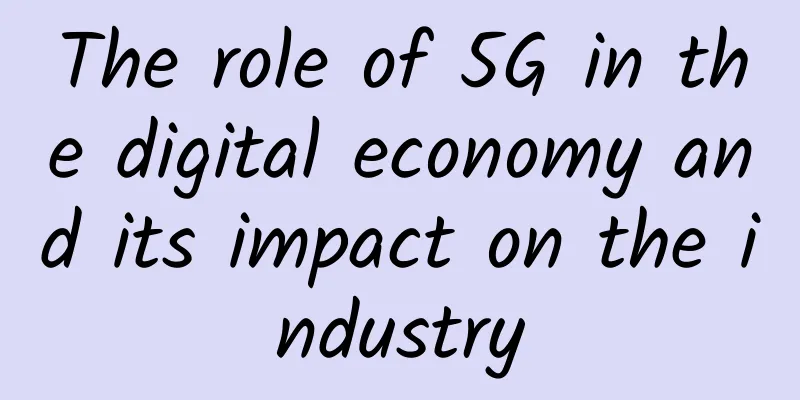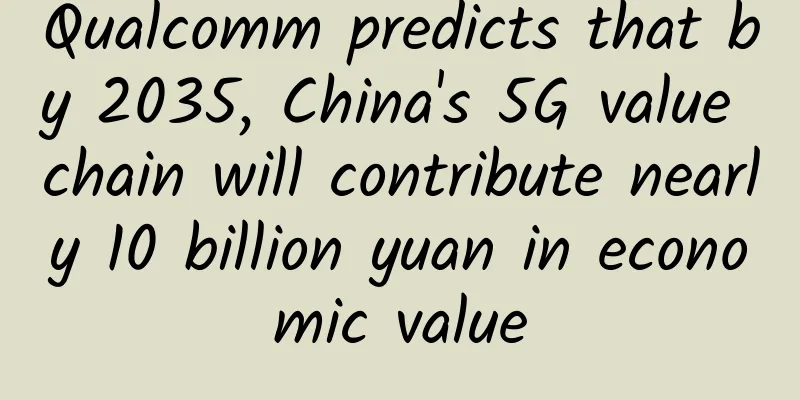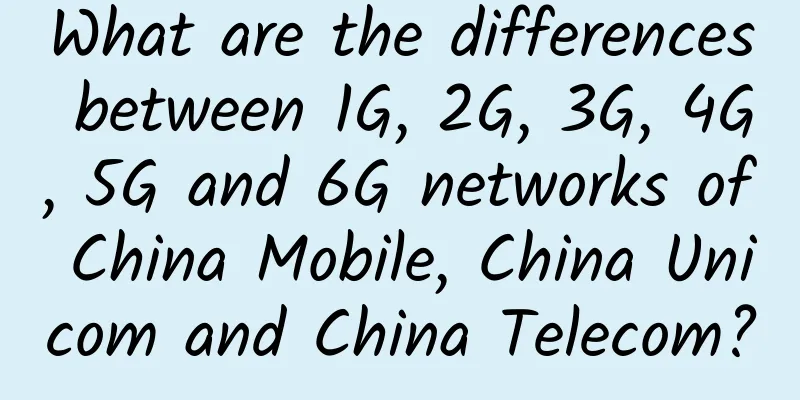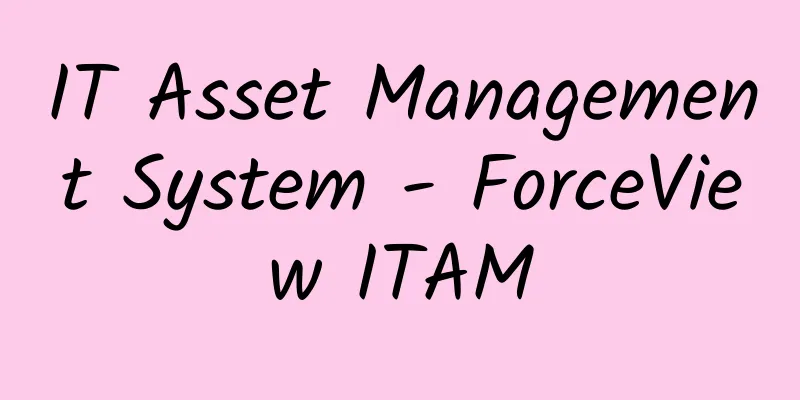The role of 5G in the digital economy and its impact on the industry

|
5G networks are being hailed as the next-generation wireless phenomenon, with higher speeds and expanded connectivity ideal for modern edge devices, cloud computing and remote work. What is 5G network?Humans always pursue the best, the fastest, and the biggest. 5G is the latest standard that complies with the existing 2G, 3G, and 4G mobile communication standards. It is an excellent communication standard, and users can now download data from the Internet faster. It also enables fast communication between devices, sensors, and machines in the Internet of Things. 5G networks are significantly faster than 4G, with peak data transfer rates of up to 20 Gbps. The reliability of its transmitted data is as high as 99.9999%! This means there is no delay in data transmission, or the delay is extremely low, only one millisecond! The complete 5G system includes:
eMBB focuses on higher data rates and bandwidth to enable applications based on long-term Internet connections. The technology enables people-centric connections, including access to multimedia content, services, and data. Current mobile broadband use cases include hotspot connections, development of AR (augmented reality) or VR (virtual reality) media and applications, wide-area coverage, ultra-high-definition or 360-degree streaming video, industrial automation, cloud work, etc. uRLLC provides extremely low latency and extremely high reliability support. Specifically, it targets machine communications. This will cover remote medical surgery and operations, mission-critical applications, wireless control of industrial production and manufacturing, and autonomous vehicles that are particularly sensitive to latency. mMTC is able to collect a large number of small data packets from a large number of devices at the same time. The focus of mMTC is to provide connectivity for a large number of devices. By using the Internet of Things, mMTC will reduce energy consumption and improve work efficiency. Benefits and Challenges of 5G Networks5G networks bring endless benefits to multiple industries, from manufacturing to social, economic, healthcare, education and agriculture. The digital convergence of 5G networks will drive innovation and promote improved service quality. Such networks can transmit content much faster than 4G. Due to high speeds of up to 20gbps, it will achieve ultra-fast download times. The low latency feature will effectively help support new applications such as the Internet of Things, artificial intelligence, and virtual reality. In addition, more bandwidth will help with faster data transmission. 5G technology can be used to connect a variety of different devices, such as drones and sensors. Although 5G networks have many advantages, they also face obvious challenges. They may lead to overcrowding of the radio spectrum. In addition, rural areas may need more attention to build more transmission towers and antennas to achieve better network coverage. In addition, existing transmission towers need to be upgraded to cope with the more bandwidth provided by 5G networks. In addition, security and privacy issues remain prominent. What impact will 5G have on the industry?Industrial 5G networks are well-positioned to handle the growing demands of enterprise data and power generation. Such networks can be used to enable several key use cases in the manufacturing industry, including industrial automation and robotic control to deliver smart factory solutions. Enterprises can use industrial 5G technology for end-to-end tracking of goods and materials, as well as simulation of factory processes. It can also be actively used for immersive remote operations related to service, maintenance, or assembly. It can also be used for real-time machine-to-machine communication, augmented reality applications, and monitoring product and asset data. The economic impact of 5G on various industries5G networks are fully capable of creating social and economic value. At the same time, 5G technology will have a significant impact on specific industries. It is expected that by 2035, 5G networks will generate $13.2 trillion in revenue from global sales activities. The top five industries expected to make the most profit are: For instance, the manufacturing industry will witness advancements in smart factories due to IoT and automated manufacturing. Likewise, the mobility industry will benefit from connected mobility with autonomous driving, large-scale automotive infotainment, and telematics. Intelligent traffic control and remote vehicle health monitoring will become possible. The healthcare industry will benefit from 5G services as the demand for data storage and patient safety continues to increase. 5G will play a huge role in remote patient monitoring, remote surgery, and AR/VR healthcare. Some of the benefits that 5G brings to the healthcare industry include:
The fintech industry could eventually use wearables for payments and smartphones as remote teller machines. Extensive peer-to-peer lending, digital deposits and virtual personalized financial advisory services will now be possible. The energy industry can now enhance smart grid and drone monitoring capabilities through intelligent energy management and hazard sensing. Some of the studies related to the economic impact of 5G may produce the following results in the future: By 2023, 5G technology is expected to have 1 billion users, taking data transmission capabilities to a whole different level, with speeds of up to 1 Gbps. Qualcomm survey shows that by 2035, investment in 5G-related services will reach approximately $12 trillion. This includes enhanced mobile broadband services, mission-critical services, and major advances in the Internet of Things in retail, healthcare, transportation, education, and entertainment. Qualcomm estimates that by 2035, the 5G value chain in the digital economy will generate up to $13.2 trillion in revenue and support up to 22 million jobs. 5G and the Future of Digital Economy5G networks offer manufacturers and telecom operators the opportunity to build smart factories based on smart technologies such as automation, artificial intelligence, augmented reality and the Internet of Things (IoT). Like energy and utilities, manufacturing is a promising industry with the next wave of industrial productivity being called Industry 4.0. The vision of Industry 4.0 includes connecting production by tracking and configuring components in a self-managing system for the digital economy. Some areas where 5G can impact various services and improve the digital economy include: Internet of Things (IoT)Traditional devices and sensors are able to "interact" with each other while inefficiently utilizing 4G LTE data capacity. However, the introduction of 5G will improve connectivity, speed, efficiency, and user experience, thereby bringing more profits to telecom service providers and business owners. Connected VehiclesIt will work based on an autonomous driving model, and automakers and owners will receive precise real-time information about the condition of the car, road conditions or the driver, which will help them provide better support and driving experience. Smart Government AffairsGovernments can use 5G to develop effective smart city architectures and e-government frameworks. In emergencies, you can experience better public services, faster processing, and receive real-time information from officials. This can be called a proactive, "connected" government that provides a high-quality public service experience. The rollout of next-generation mobile networks will create value for many industries. The technology can be innovatively applied in a variety of settings. Hospitals will be equipped with 5G-assisted devices to facilitate remote monitoring of patients, as well as smart ambulances that are connected in real time. In addition, you can also expect smooth financial transactions through digital wallets and applications that connect wearables, smartphones, smart devices, cars and many other devices. Factories will be 5G-enabled to connect devices and more sensors. 5G combined with artificial intelligence, edge computing, IoT and extended reality (XR) can enable enterprises to realize the full benefits of these technological advances. SummarizeThe impact of 5G on the economy will be enormous. With the acceleration of the Internet of Things, it will provide additional impetus for the Fourth Industrial Revolution. Its fast and reliable real-time data transmission will greatly benefit sensors and control units installed in facilities, machines and logistics chains in various industries. |
<<: Five-minute technical talk | The underlying origin of scene broadband
Recommend
What is Open RAN?
Open RAN is an industry standard designed to powe...
5G RedCap: New Cellular IoT Technology Optimization
The latest version of the 3GPP standard for mobil...
Wi-Fi 6 no longer needs to wait and see: the "four no's" that previously hindered its popularization
Although Wi-Fi 6 wireless technology has been aro...
5G+Industrial Internet, making manufacturing "smart" is no longer a dream
Exploring new paths for industrial development [[...
Cisco and partners work together to build the Cisco (Guangzhou) Smart City industry ecosystem
In order to accelerate the development of Cisco (...
Cloud dedicated line and customer access technology networking solutions
Labs Guide As cloud-network integration becomes i...
Is the United States blocking Huawei, or the entire future of 5G?
[[349279]] The United States is creating obstacle...
10 pain points: How IT departments face edge computing
From networking and integration to failover, asse...
Cabling Encyclopedia | Cabling of Inter-Chassis Links (ICLs)
When it comes to cabling inter-chassis links (ICL...
The three major players in the domestic CDN market are competing against each other, and differentiation may be the key to success
With the popularization and development of the In...
SDN reshapes enterprise networks and changes the role of network managers
We have seen that many operators have significant...
[Black Friday] Launchvps 40% off, 1G memory KVM monthly payment starts from $2.57
Launchvps released a Black Friday discount plan, ...
Understand the HTTP caching mechanism and principles from the root in a simple and easy-to-understand way!
HTTP cache is very critical for front-end perform...
GSMA: 5G networks will cover two-fifths of the world's population by 2025
According to foreign media reports, the "Mob...
In the face of the epidemic, 5G construction should not only be accelerated, but also increased!
Since the outbreak of the novel coronavirus pneum...









